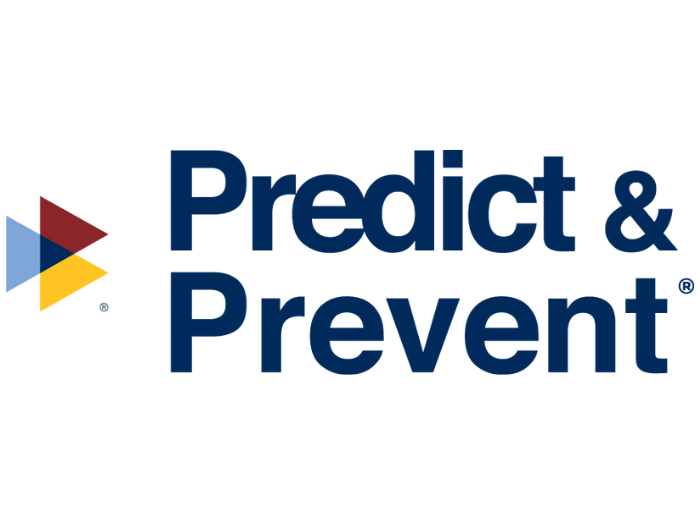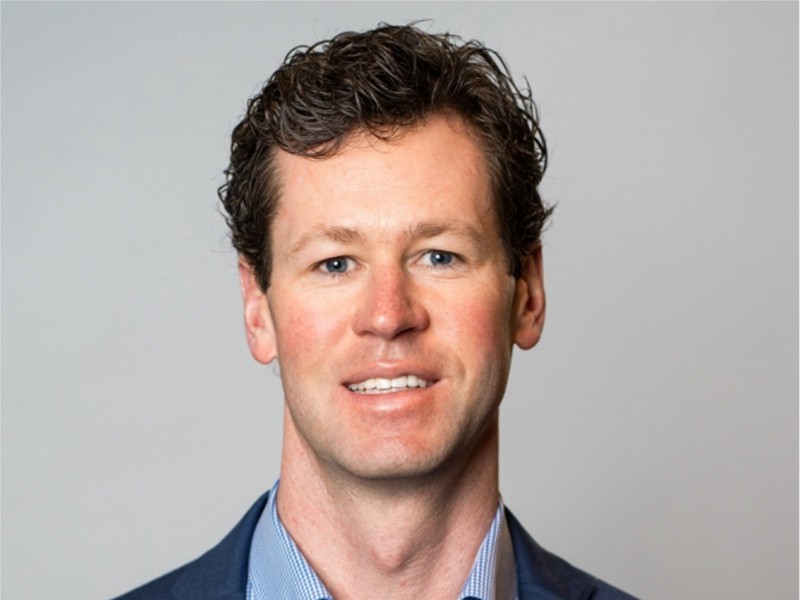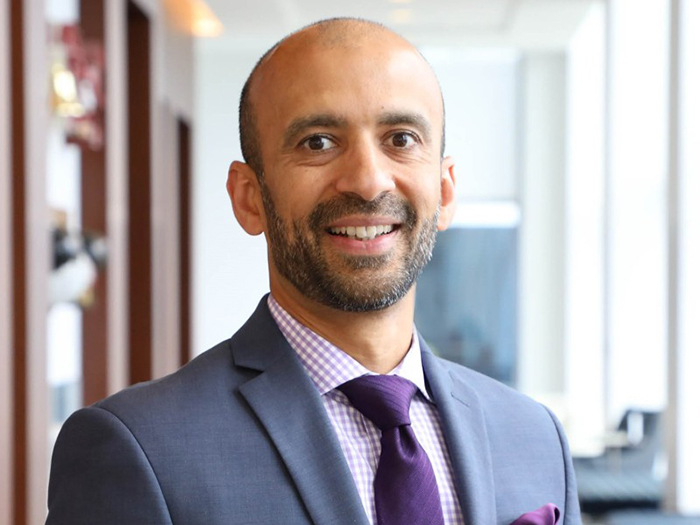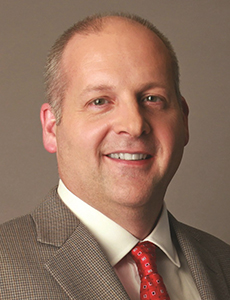How This Aon Broker Is Using Data to Protect Students from Sexual Abuse

Sexual abuse and molestation (SAM) claims in public schools are serious business, considering how vulnerable children can be in these settings without proper precautions in place. But schools across the country work tirelessly every day to find prevention applications to protect students from potential danger.
“Our main purpose is to educate youth,” said Martin Brady, executive director, Schools Insurance Authority. “We want to do our very best to prevent SAM claims and to make amends where cases have slipped through the cracks.”
The Schools Insurance Authority is a Joint Powers Authority (JPA) dedicated to Sacramento-area public schools in California — a state where SAM claims have been a hot topic in recent months.
In Oct. 2019, Calif. Gov. Gavin Newsom signed a bill that extended the statute of limitations for child sex abuse victims. Effective Jan. 1, 2020, the law enables victims to file civil suits on alleged abuses until the age of 40. Previously, the age limit was 26. It also provides a three-year “lookback” provision for previously time-barred claims.
“No one wants to deny SAM claims,” said Brady. But public schools must quantify what litigation will look like now that the law is in effect.
“Nuclear verdict” is more than a buzzword in the industry. Jury awards are reaching millions and even billions of dollars as more jurors vote on the side of social justice. And while victims of SAM absolutely deserve retribution, the public schools footing the bill for decades-old claims need to prepare.
“The dollars that are going to the plaintiffs’ attorney could be used for future protection and prevention in schools,” said Brady.
Luckily, Brady’s JPA anticipated the call for increased legislation surrounding SAM claims early on.
In 2017, the team got to work.
Phase One
“Martin approached us,” said Julie Theirl, SVP, education, public sector, pooling at Aon. “He had noticed that not just the frequency of, but also the severity of, general liability claims were increasing as the insurance market was starting to harden. It was affecting his premium. He was curious if other pools were having similar issues.”
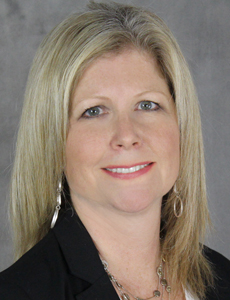
Julie Theirl, SVP, Education | Public Sector | Pooling, Aon
It was Theirl who suggested reaching out to other JPAs to see if they would be interested in having a collaborative discussion.
She contacted executive directors and the pooling industry for grades K-12 throughout the state of California and found that “most everybody was feeling the same pain,” she said. While determining what to do with this information, Brady, Theirl and the Aon team decided that a data collection might reveal common loss drivers across the schools.
In total, Theirl collected data on 14,000 claims of all types, representing 60% of the California ADA.
“It was a far greater number than we expected,” said Theirl.
“This was the first time in my 32 years of working in this type of setting to see these JPAs work together,” said Brady. “It was incredible support from the start.”
And Brady said Theirl was instrumental in making that work: “She’s gifted in areas you just can’t teach,” he said. “She was responsible for shepherding the JPAs throughout the process. She took this idea from theory to application.”
Once the data was collected, aggregated and analyzed, the findings were clear: SAM claims were driving large losses across public schools in California.
Phase Two
Based on the results of Phase 1, Theirl, Brady and the JPAs of California entered into Phase 2 in 2019. Now that SAM was found to be the driving force behind large GL claims, Theirl wanted to dig deeper.
“To just have this information is great,” said Theirl. “But we needed to do more with it. We were astonished that SAM is really as rampant as it is. When you look at the type of claim itself, it’s a horrible situation to hear about any child being abused at school. That human element really drove us to want to do more.”
Internally at Aon, Theirl and her team developed a methodology for collecting the information they felt was needed to fully characterize SAM exposure. They decided to request further information on what caused the losses, the profiles of victims, the profiles of predators, where events were occurring and other variables.
“We came up with 30 different data fields,” she said.
And if getting the JPAs to participate in Phase 1 was a tall task, Phase 2 required even more work from the California public school community.
“It was a fairly extensive project to provide us with such detailed information. They had to manually gather this information,” explained Theirl, because this data was not readily accessible through a “typical” loss run.
In total it took around four months to gather the information.
“It was pretty amazing,” added Theirl. “Everybody was sharing resources and information and putting aside the competitive nature that comes with pools. I’ve never seen that happen anywhere else.”
Aon created a customized dashboard with this data to better serve schools looking to address SAM exposure.
“The dashboard allows us to analyze the data and report the data in a really meaningful way,” said Theirl. And it proved a useful tool when the state began to discuss the possibility of extending the statute of limitations on child sex abuse.
“When the law was in the bill stage, the data we collected was used to analyze the financial impact the bill might have on schools,” said Theirl. An independent actuary worked with Aon to see exactly what that number might be. In total, it was a projected eight-tenths of a billion to $3 billion in additional costs that would likely be incurred as a result of the bill passing.
Though the bill is now law, California schools still have access to a database that can guide prevention efforts for the future.
Phase Three and Beyond
To keep the database current, Theirl and her team are already planning out Phase 3 of the research.
“We want to track the pre-AB 218 financial impact and, now that it’s a law, post,” she said. “We can see if other trends emerge or if other things change.”
But her efforts aren’t stopping in California; Aon is looking to re-create similar data sets within other states in order to help prevent abuse on a larger scale. The end goal is to have a national database.
“Julie really was the right person at the right time for this project,” said Brady. “My background is in analytics, but we needed someone who could bring knowledge, empathy, communication and trust.
“Julie isn’t just fulfilling a contract; she’s committed to this,” he said.
It is this dedication to her clients, their mission and their goals that has won Theirl a 2020 Public Sector Power Broker® designation.
As for Brady, he and other JPA executives are also entering into Phase 3, collaborating yet again to create a manual that will help other California schools garner the data they need to really drill down on what’s driving their losses.
“This manual will act as a guide for schools looking to prevent and respond to allegations of SAM claims,” explained Theirl.
“If we can prevent one child from being abused because of the collaboration and the efforts we’ve put in, then it’s all worth it, right?” she continued. “But you know, one is not enough. We can do more.” &





